On a manicured clearing in Foster Botanical Garden, a lush respite on the border of downtown Honolulu, a life-sized space pod rests. Constructed of loosely interwoven bamboo, this alien craft hardly resembles the impermeable, aluminum machines held in our collective imagination. Tucked into the messy lattice is an array of worn surfboards, angled like quills on a porcupine in repose. Scraped of its wax, each weathered, yellow board is covered in bright pink spray paint at its tip. The mouth of the pod gapes open, inviting visitors to step into the bamboo dome; the rear end narrows into a twisting tail, shimmering with scales made of discarded plastic bottles.
This installation, titled Taklobo, which means “giant clam” in Tagalog, is part of Hawai‘i Triennial 2022 (HT22), an event showcasing 43 artists and collectives over 11 weeks in public spaces across Honolulu. Themed “Pacific Century,” which alludes to Hawai‘i as a meeting place for Asia-Pacific and Oceanic influences, it’s fitting that HT22 sought out Manila-based artist Leeroy New, who imagines sustainable Filipino futures in his alien works.
Much of New’s early oeuvre is brash and playful, a stark contrast to the 36-year-old artist’s humble, reserved disposition. I spoke with New over FaceTime in the middle of his second day installing Taklobo. Slightly jet lagged and sporting a tank top, New explained he spent most of the day alone, something he’s accustomed to despite the demands of installing one of his larger-than-life works. “Having worked in the Philippines, we’re not used to asking for stuff,” New said. “We tend to just go at it and make the most out of it.”
That’s another thing about New: He regularly speaks in the plural “we,” referring to Filipinos in the Philippines, when discussing his practice. His compatriots, their cultural past, and social present inform every detail of his art, which is perhaps why this unconscious but abundant “we” emerges.
Born in General Santos City, a port town famous for its tuna industry, New stepped into the creative world at an early age, crossing islands to attend Philippine High School for the Arts. Far from his hometown, an adolescent New was introduced to theater, performance and installation art, and sculpting. He focused his practice on the latter while at the University of the Philippines College of Fine Arts in Manila. In those formative years, he learned how American and European artists dominated the industry, forming a monopoly in pricey museums and private galleries. “Initially, we were problematizing, as art students, the inefficiencies of existing art systems,” New told the Philippine design platform Fame+. “Like the gallery and museum system, we were all aware that these were adapted concepts from our colonizers or the global powers, so they may not necessarily be effective in the Philippines.”
For this reason, most of New’s artwork engages public spaces. In 2012, New embraced the post-apocalyptic, barren landscape of the Paoay Sand Dunes, a popular tourist destination along the South China Sea, to build a massive spaceship that towered above the sand and curious bystanders atop bamboo poles. Tapping into his people’s history of migration and exploration, its skeletal frame echoed features of the Manila galleon—trading ships used for transporting valuable goods between the Spanish-colonized Philippines and Mexico from the 16th to the 18th centuries. In resistance to the rarefied museum experience, where stolid guards surveil the public’s every move, New’s installation invited people to get close, to touch, and to loudly enjoy the work. His art met the public where they already were, and welcomed them to be a part of it, too.
As an Asian artist in a developing nation, New’s approach to sourcing materials differs greatly from that of his contemporaries in the art world. Whereas sculptors in industrialized nations have easy access to virgin materials (like the thousands of pounds of stainless steel Jeff Koons uses in a single Balloon Dog), New uses whatever affordable materials are available. He began excavating recycling centers while on residency in Australia, finding streams of irrigation hoses that would inspire his Balete series—a succession of sprout-like sculptures resembling the thick, drooping branches of the balete, a tree renowned in Filipino folklore. For his ongoing series Aliens of Manila, New raids the shelves of dollar stores, repurposing plastic colanders, fly swatters, and other objects into elaborate and outlandish wearable art.
When New began planning his HT22 installation, he was excited to learn that O‘ahu’s recycling centers contained broken and used surfboards, which he then incorporated into Taklobo. New attributes his methods to “the very Filipino sensibility” of not discarding anything, recalling memories of “turning plastic bottles into Christmas or fiesta decorations.” According to New, available materials also speak to the material culture of a place. Throughout the pandemic, he witnessed an increase in plastic waste in the Philippines, aggravated by an already ineffective waste-management system. By comparison, in Australia, where New is returning for an upcoming project, used plastic bottles are harder to obtain because of the country’s advanced recycling system.
While New’s creations appear whimsical, his artistic vision arises out of a deep empathy for his country’s people. When he was in high school, New’s mother immigrated on her own to New York to become a nanny, a common narrative for working-class Filipinos because of the interminable lack of jobs in the Philippines. New told me, with a hint of sadness, that his mother was the first “alien” in his Aliens of Manila series, a response to the plight of displaced Filipinos. “It’s speculative fiction for me, building these things, creating these characters,” New said. “In my alien characters, I imagine could-be communities that arise if we ever do become the dumpsite of First Worlds. … We [may] end up using these materials to create a new tribe of Filipinos, dawned in plastic sashays, plastic bottles, and plastic containers.”
Although New’s space crafts and alien figures seem ready for the stars, they’re very much here on Earth. Taklobo isn’t meant to launch from Foster Botanical Garden, its surfboards bristling in anticipation, bamboo hull contracting and expanding, tail uncurling from its adopted trellis nearby. But it’s worth imagining. Just like it’s worth imagining a dazzling future for Filipinos right here on Earth, something New has been doing all along.
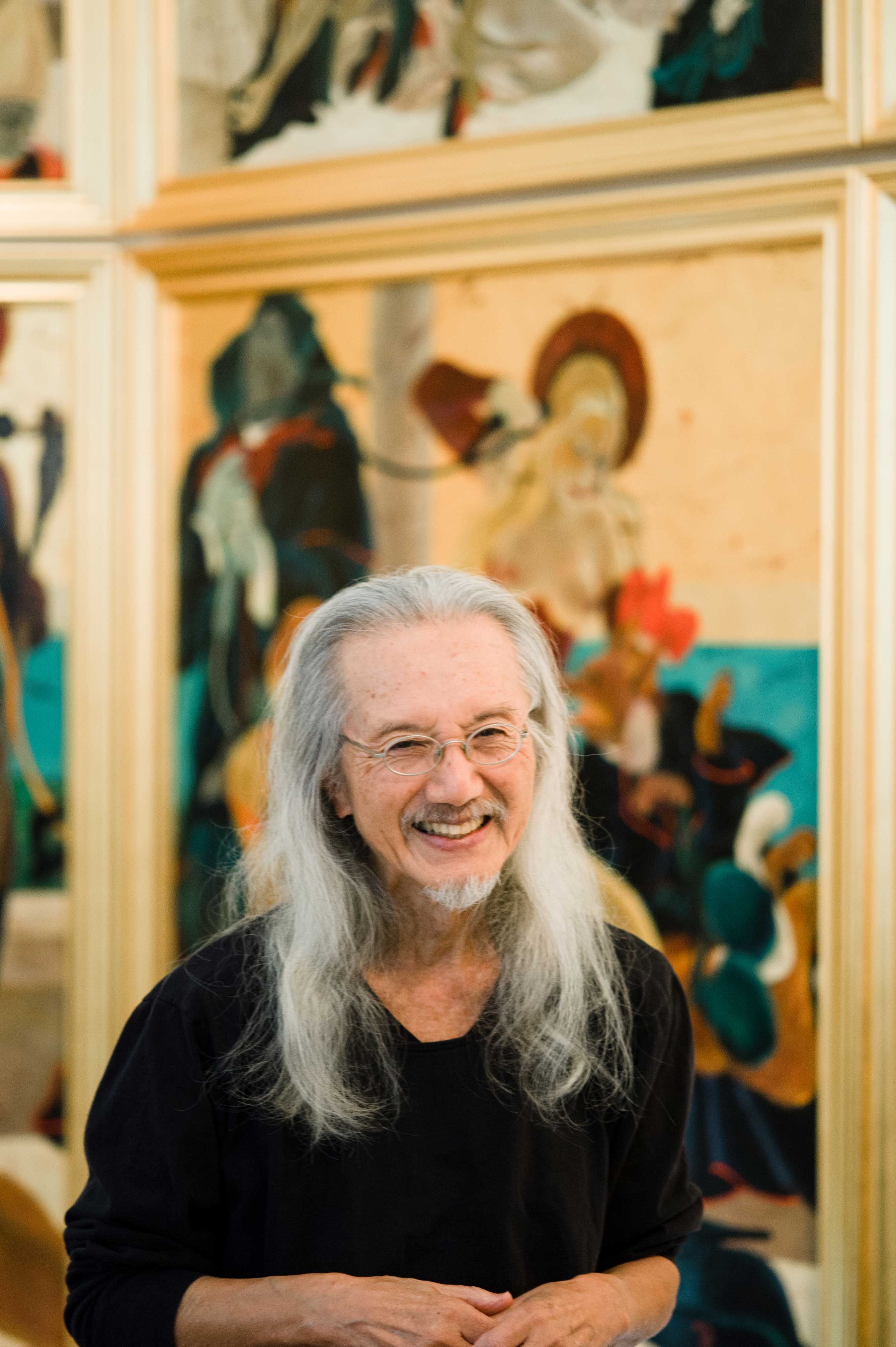
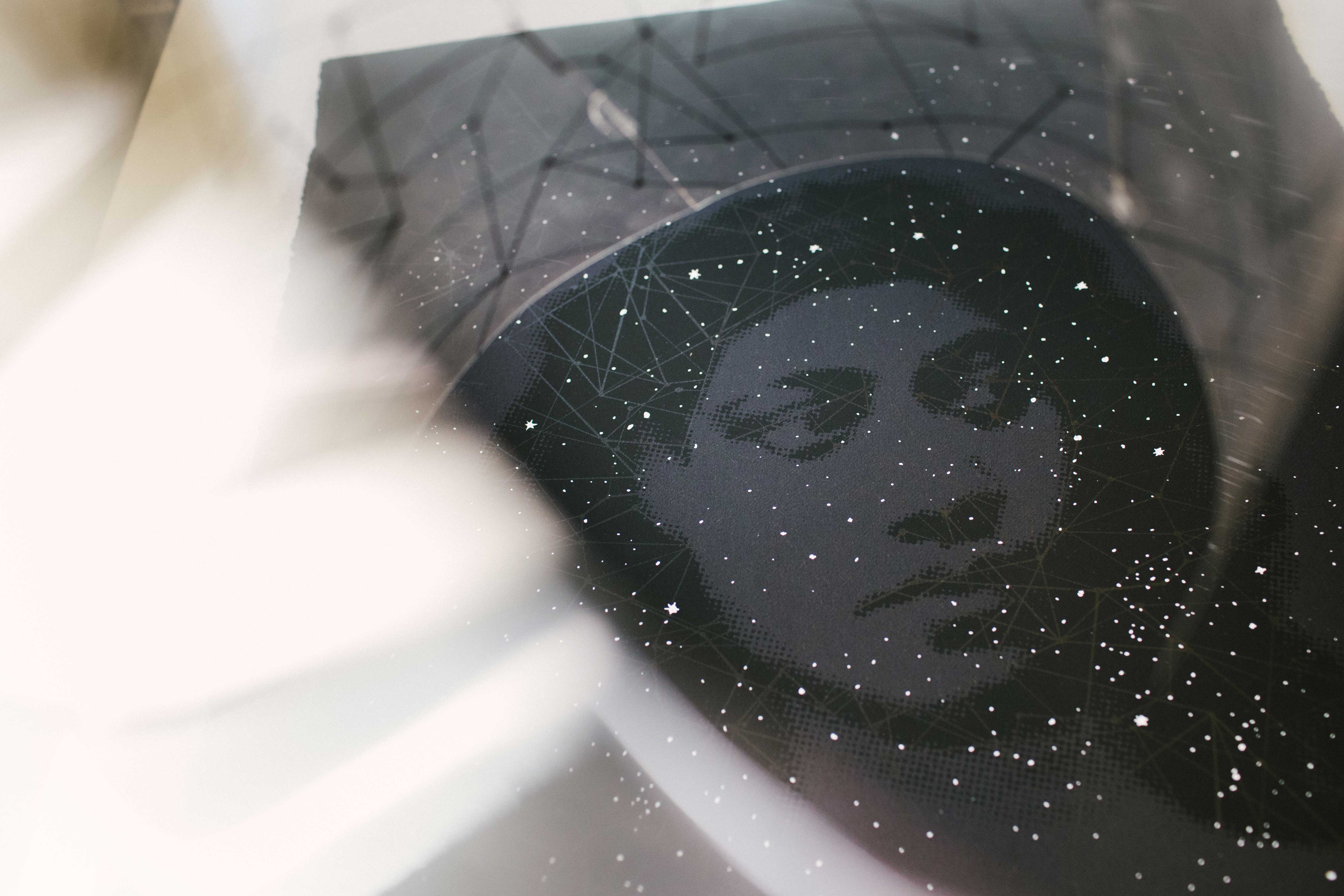

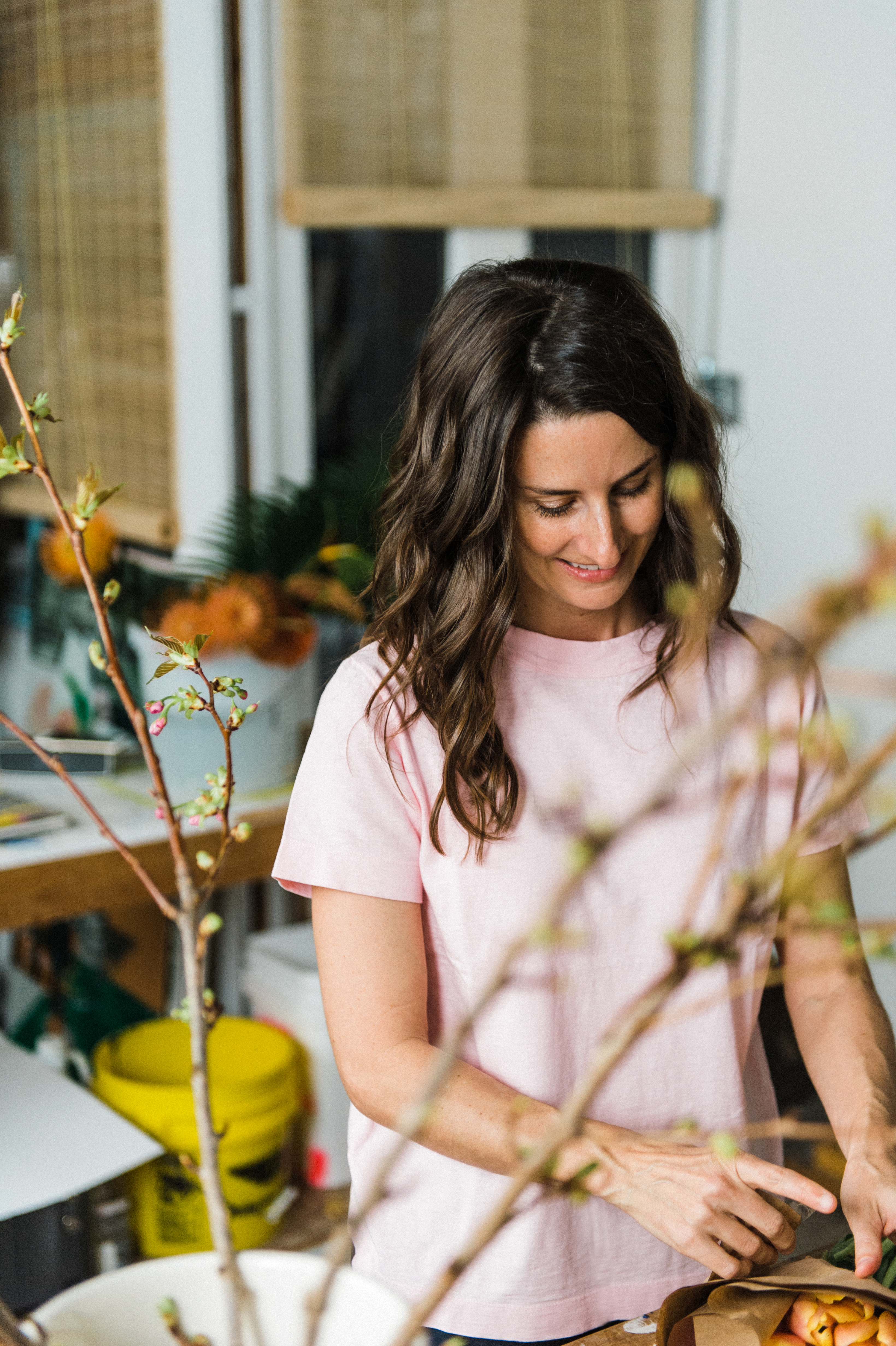
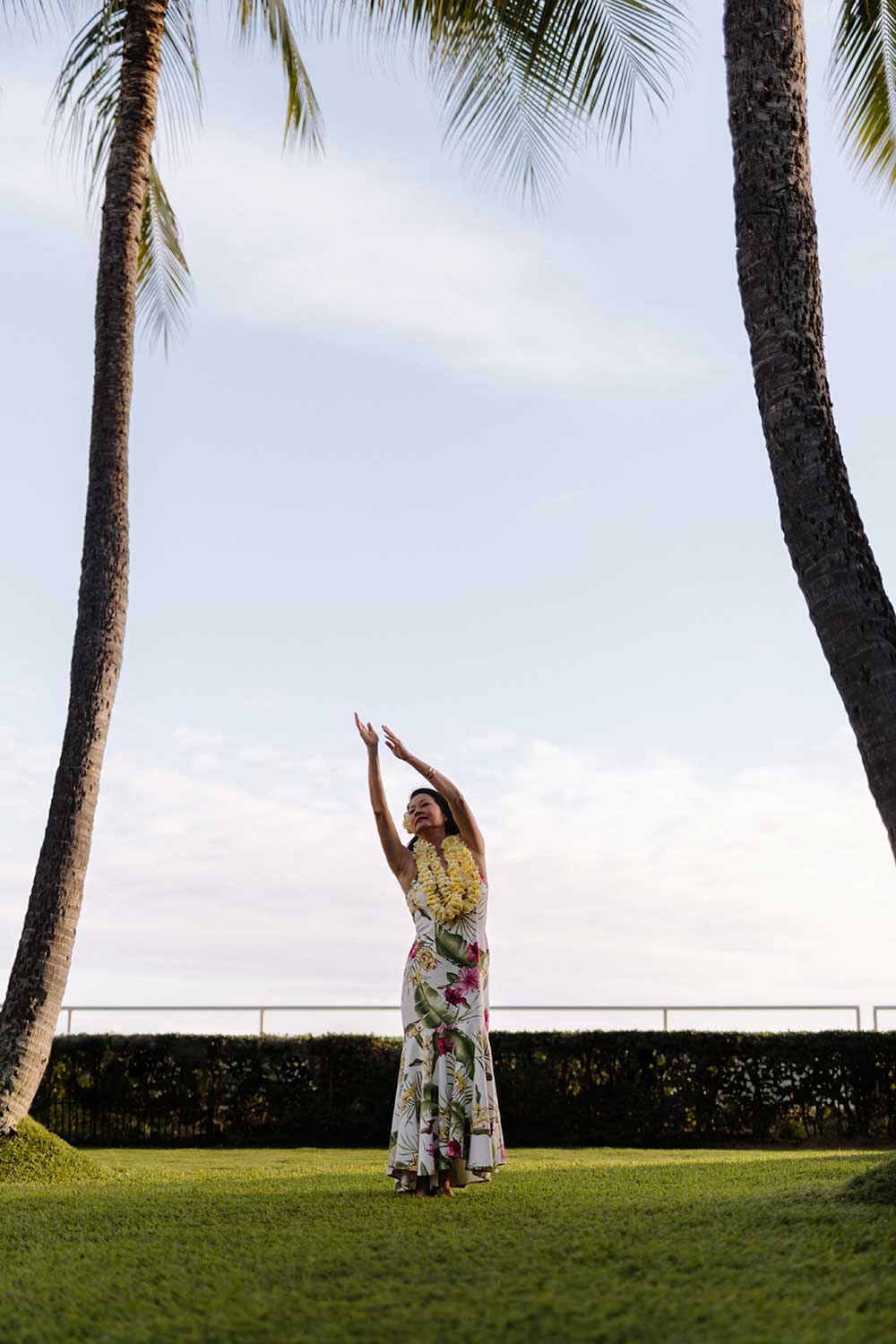
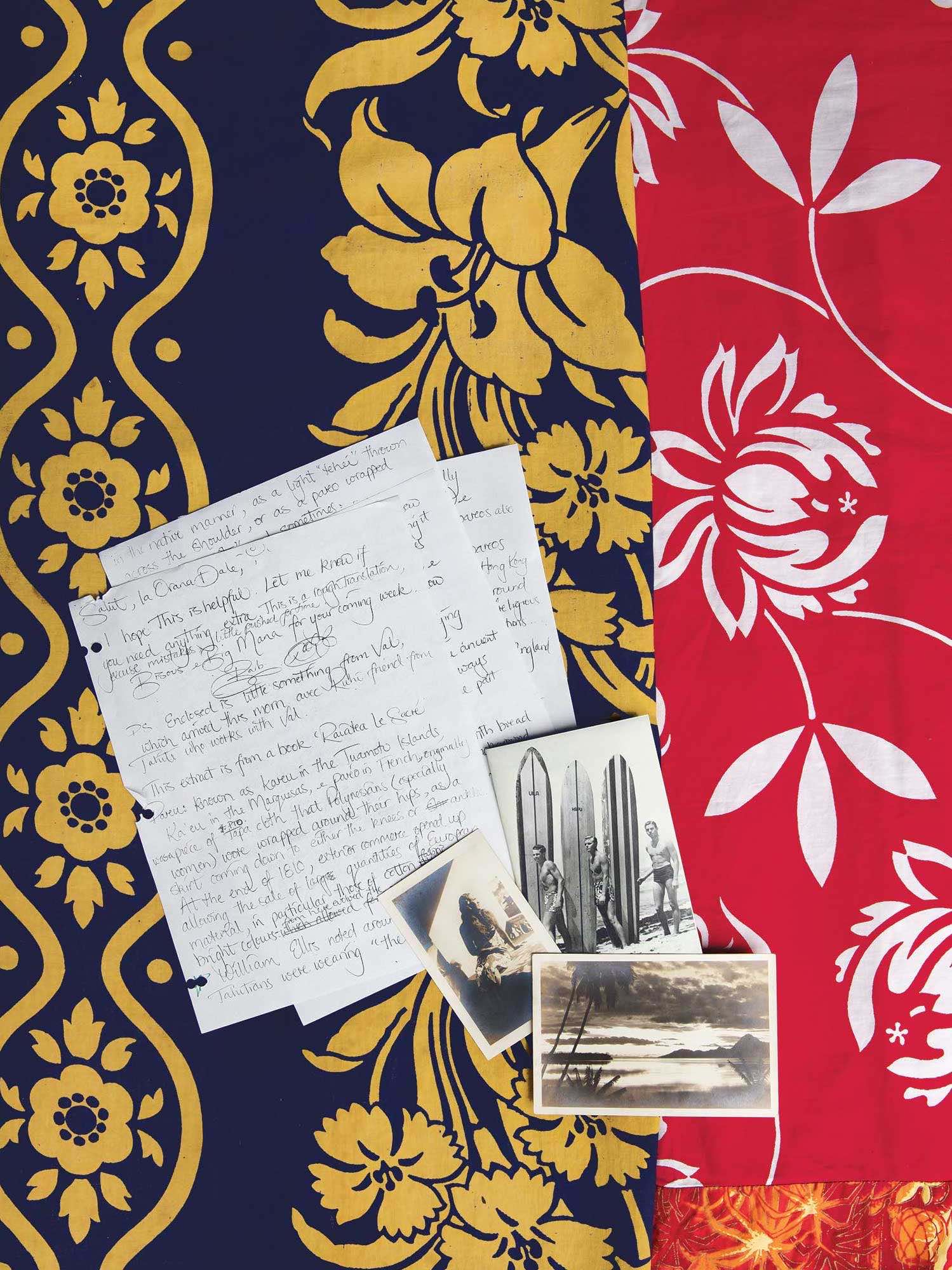
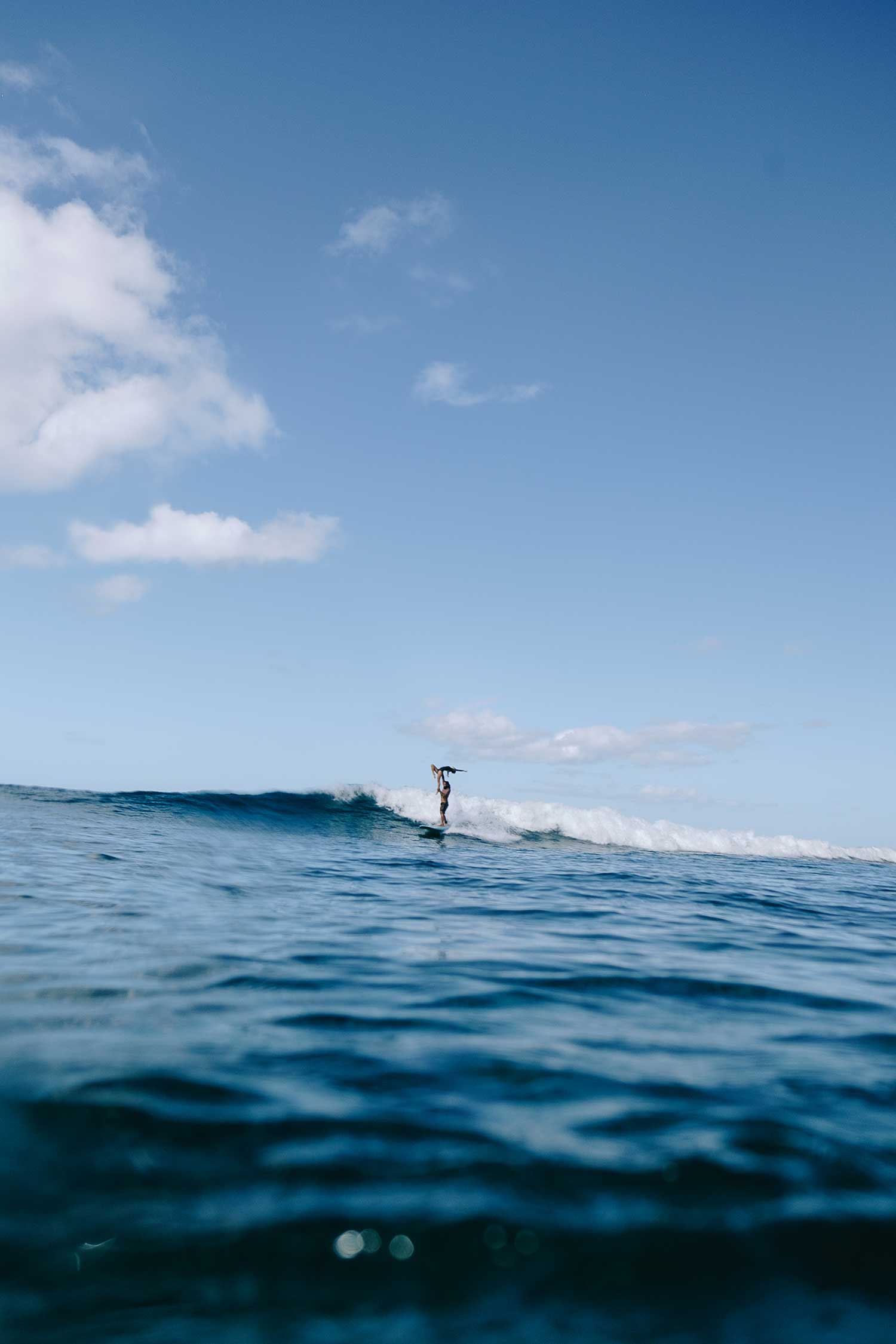
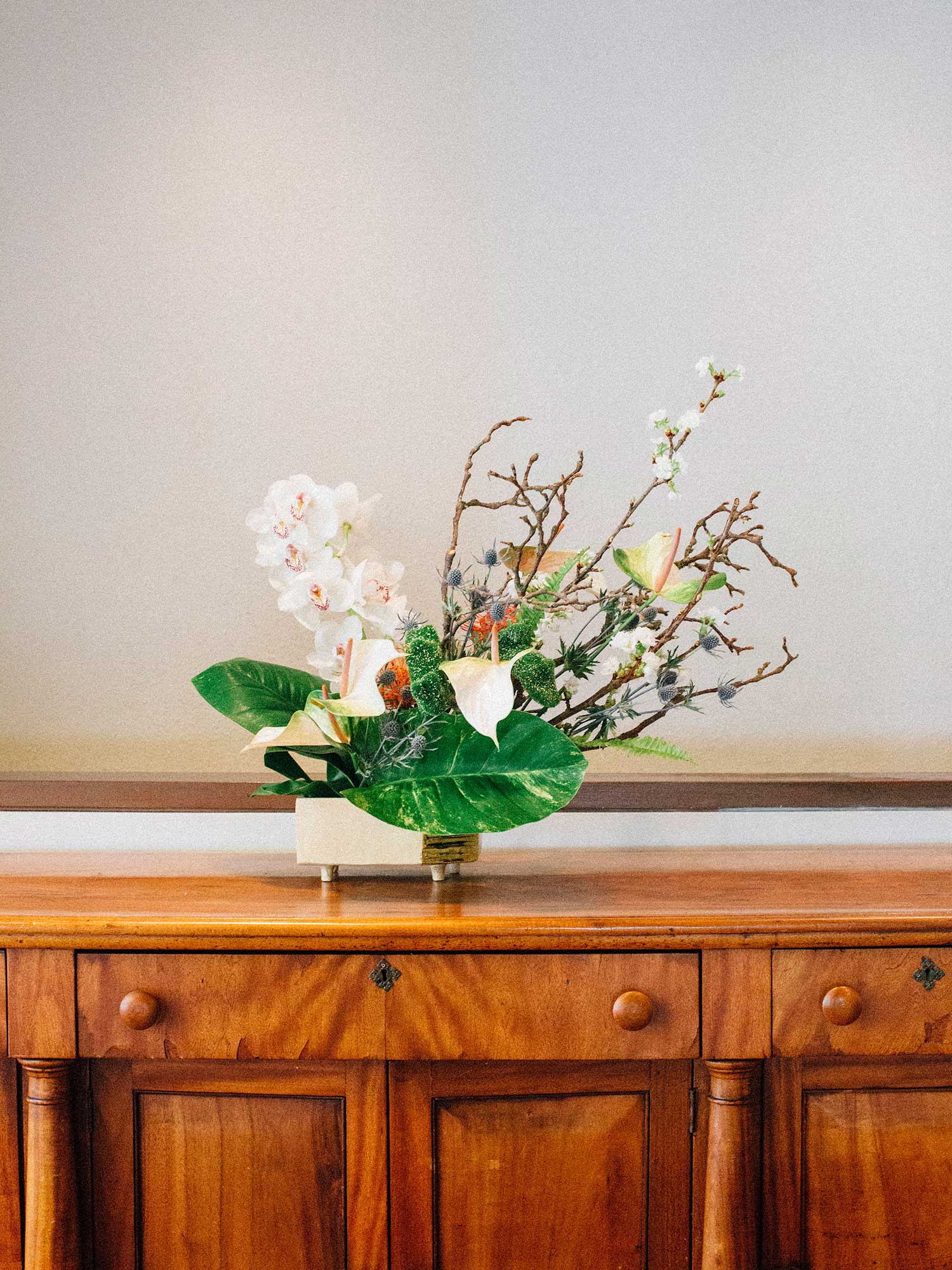
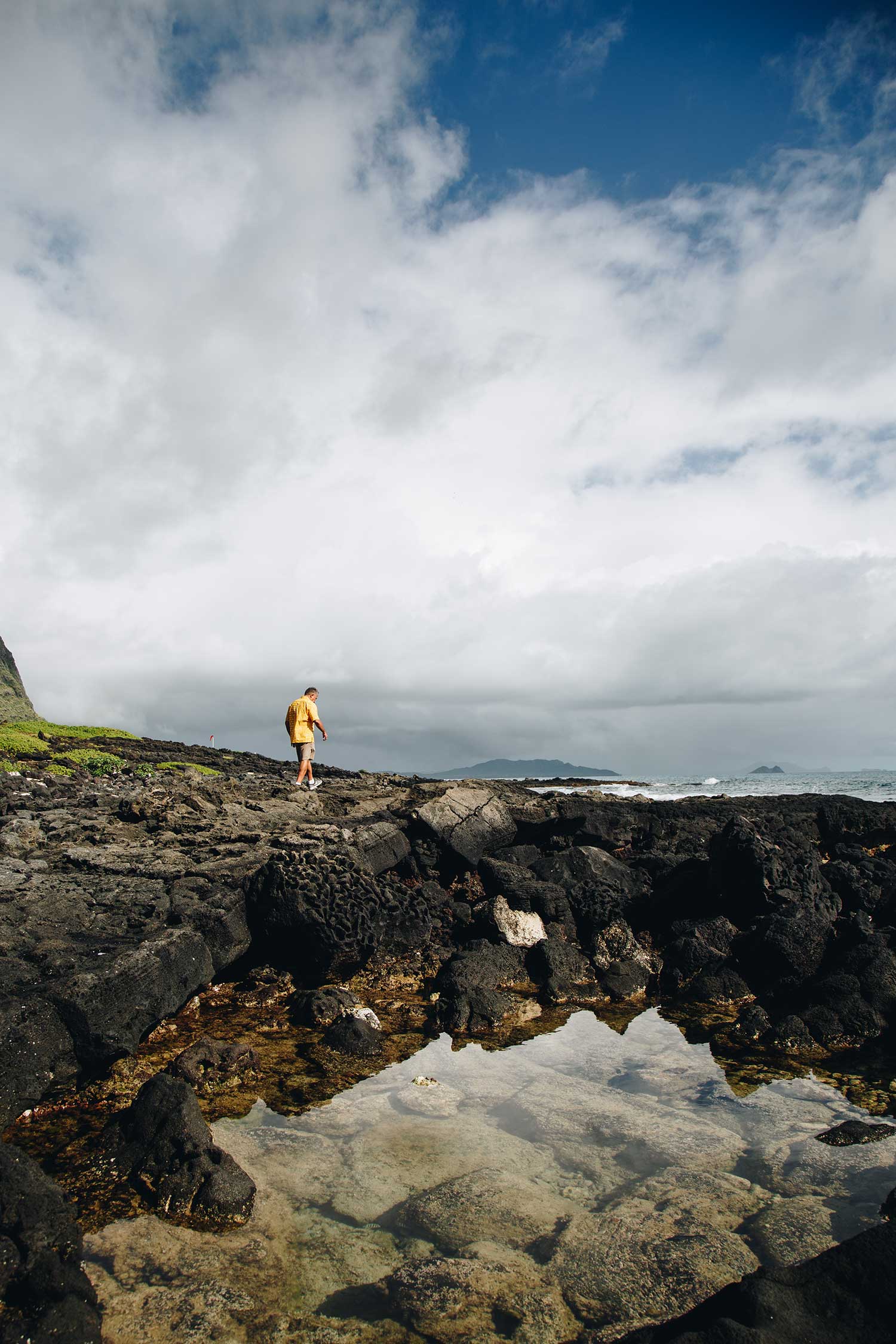
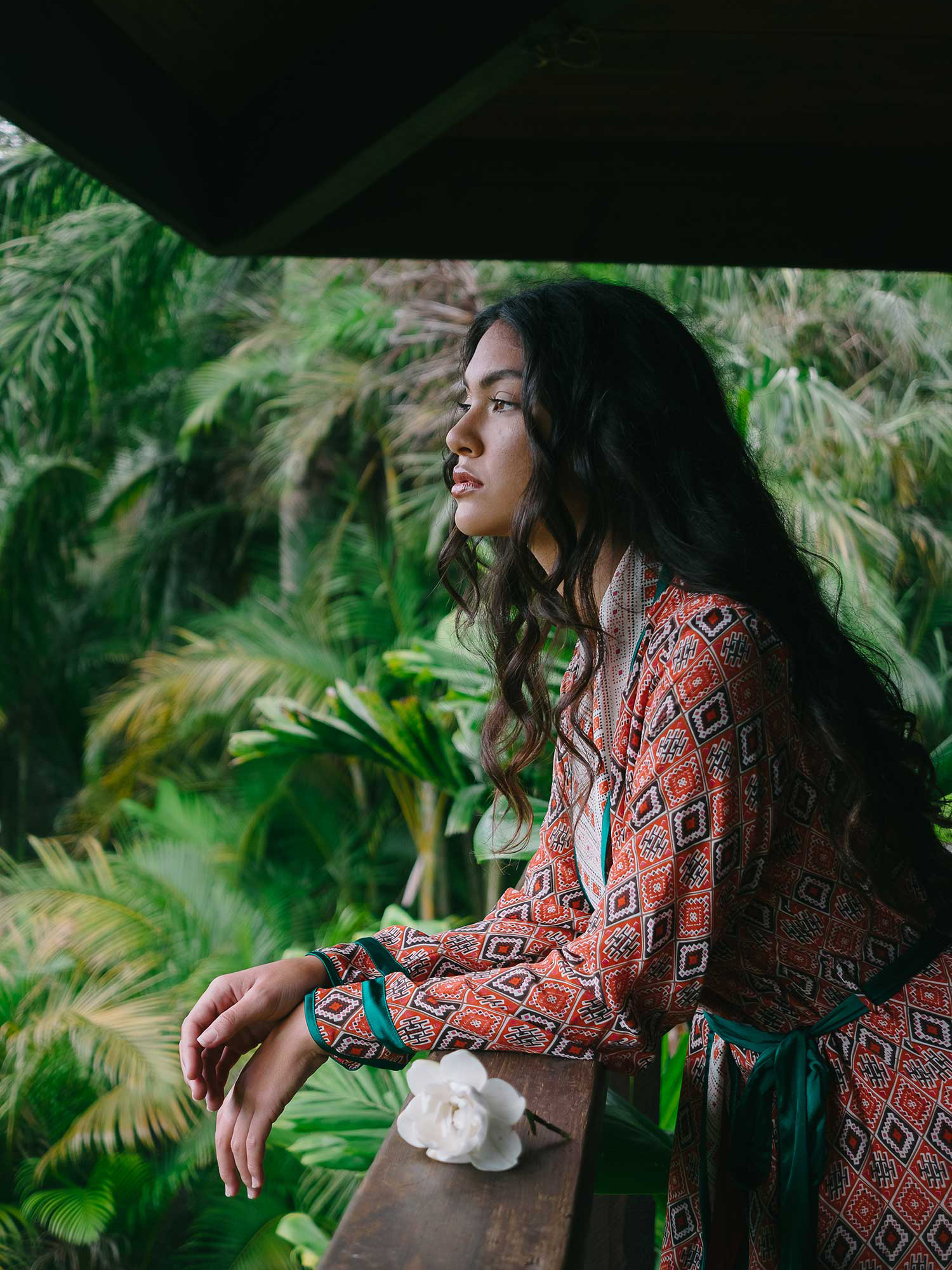
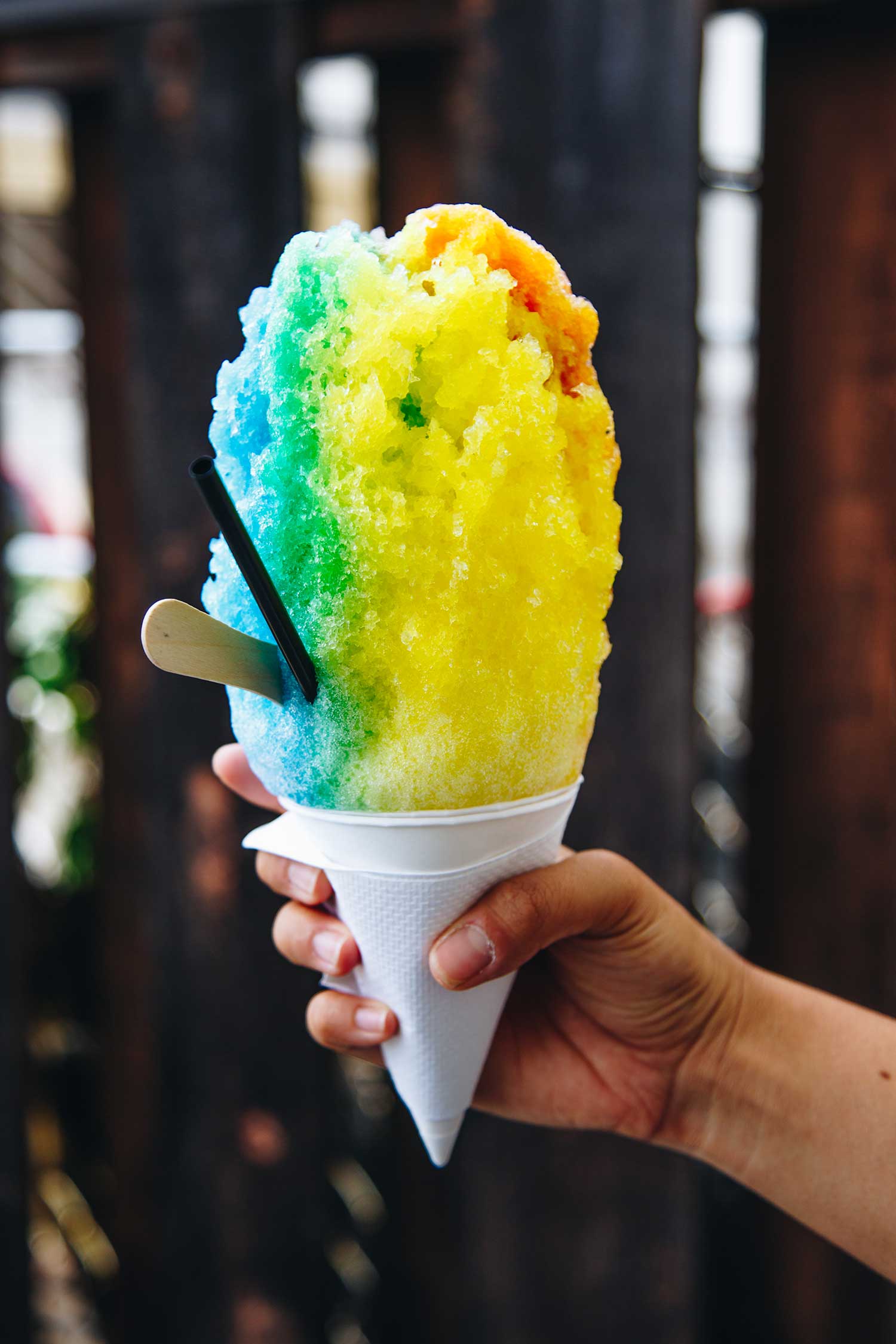
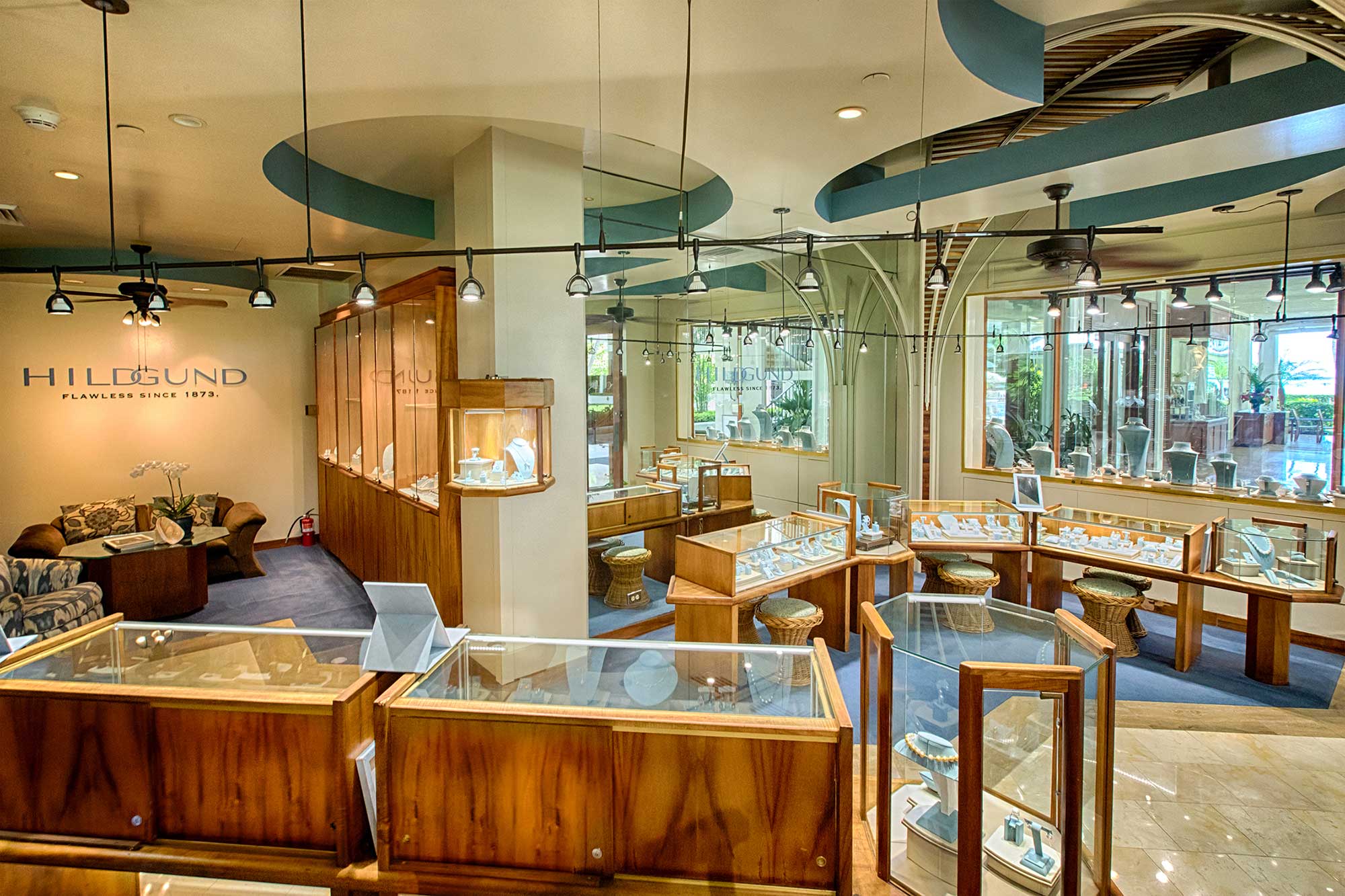
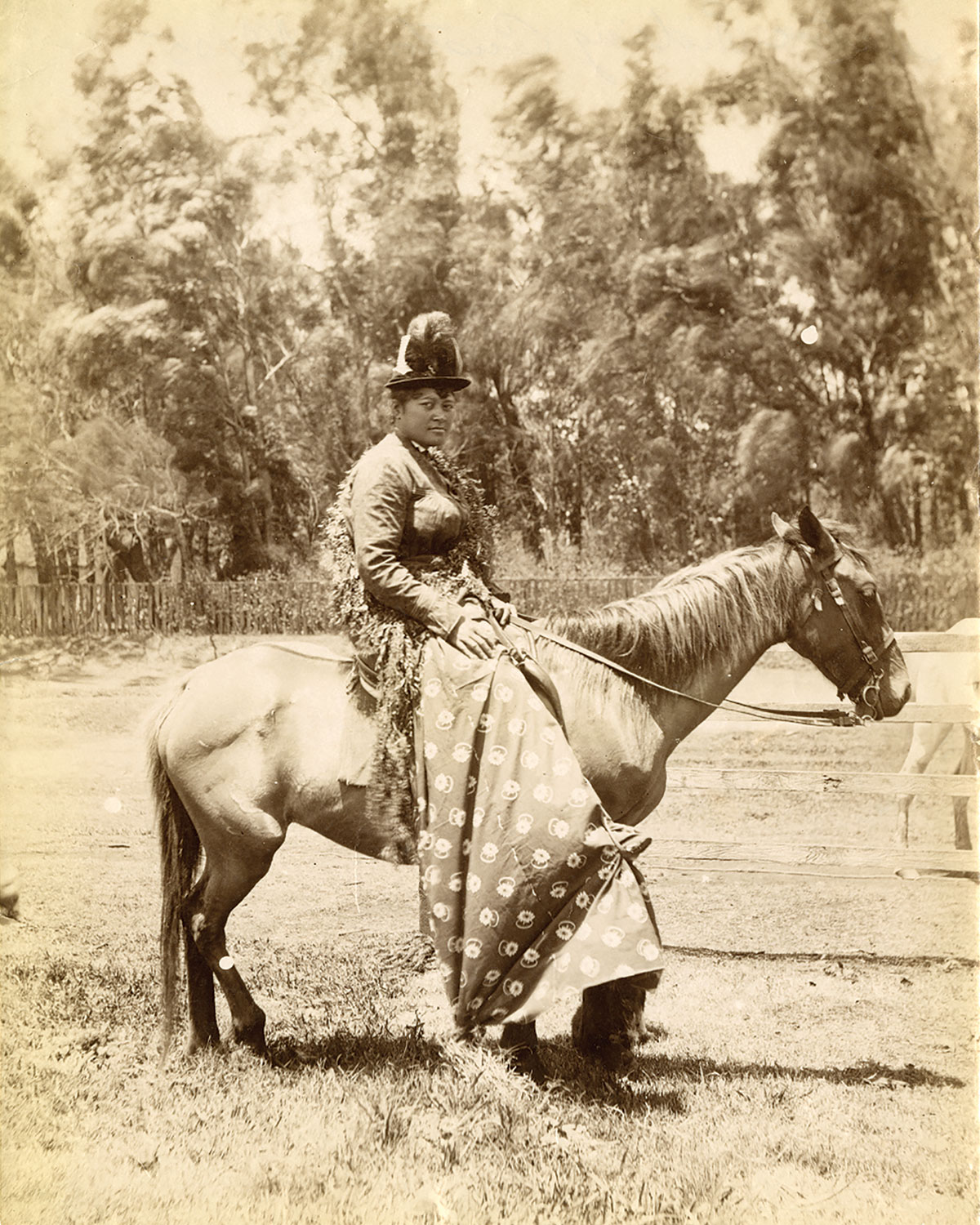
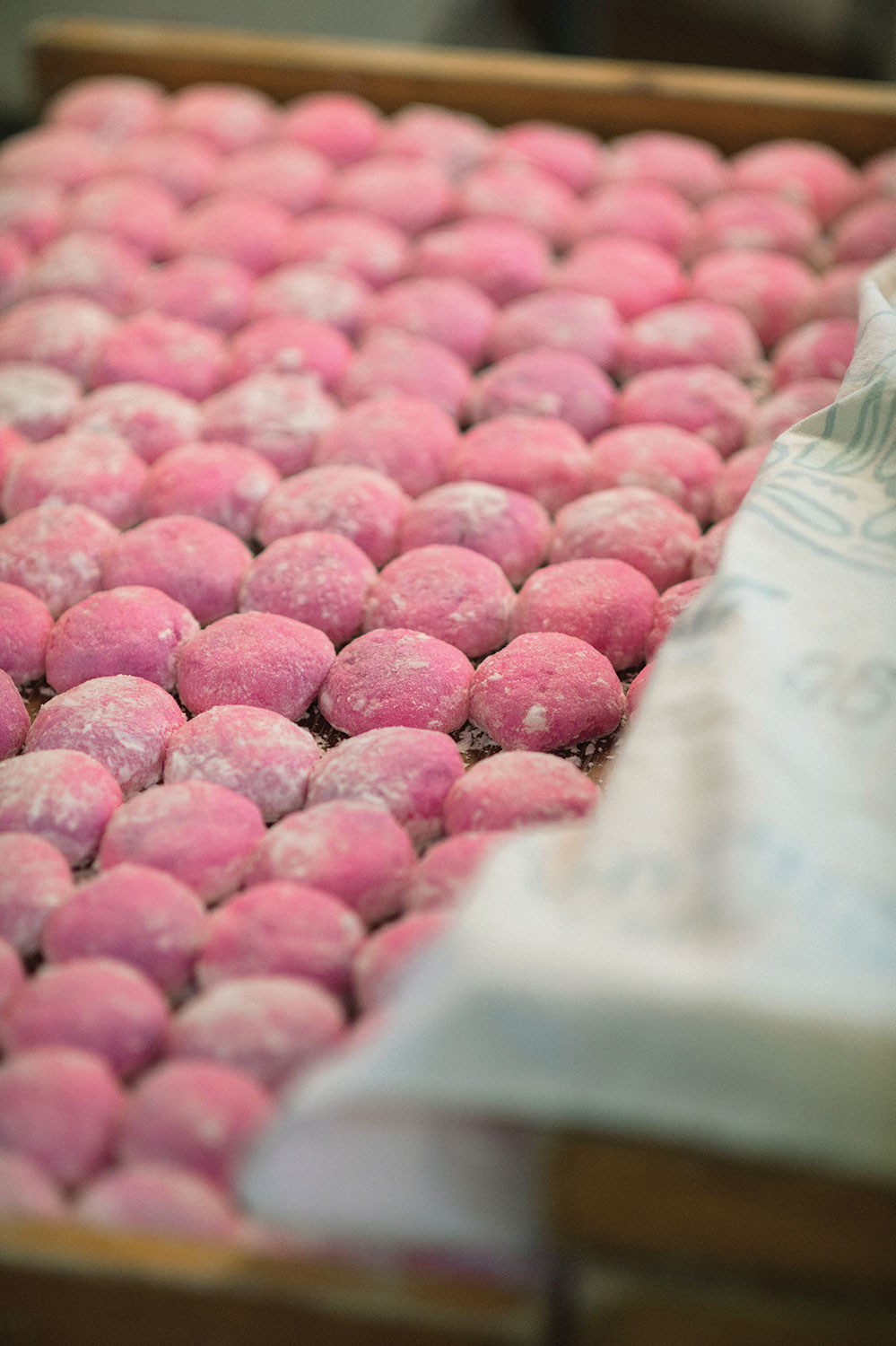
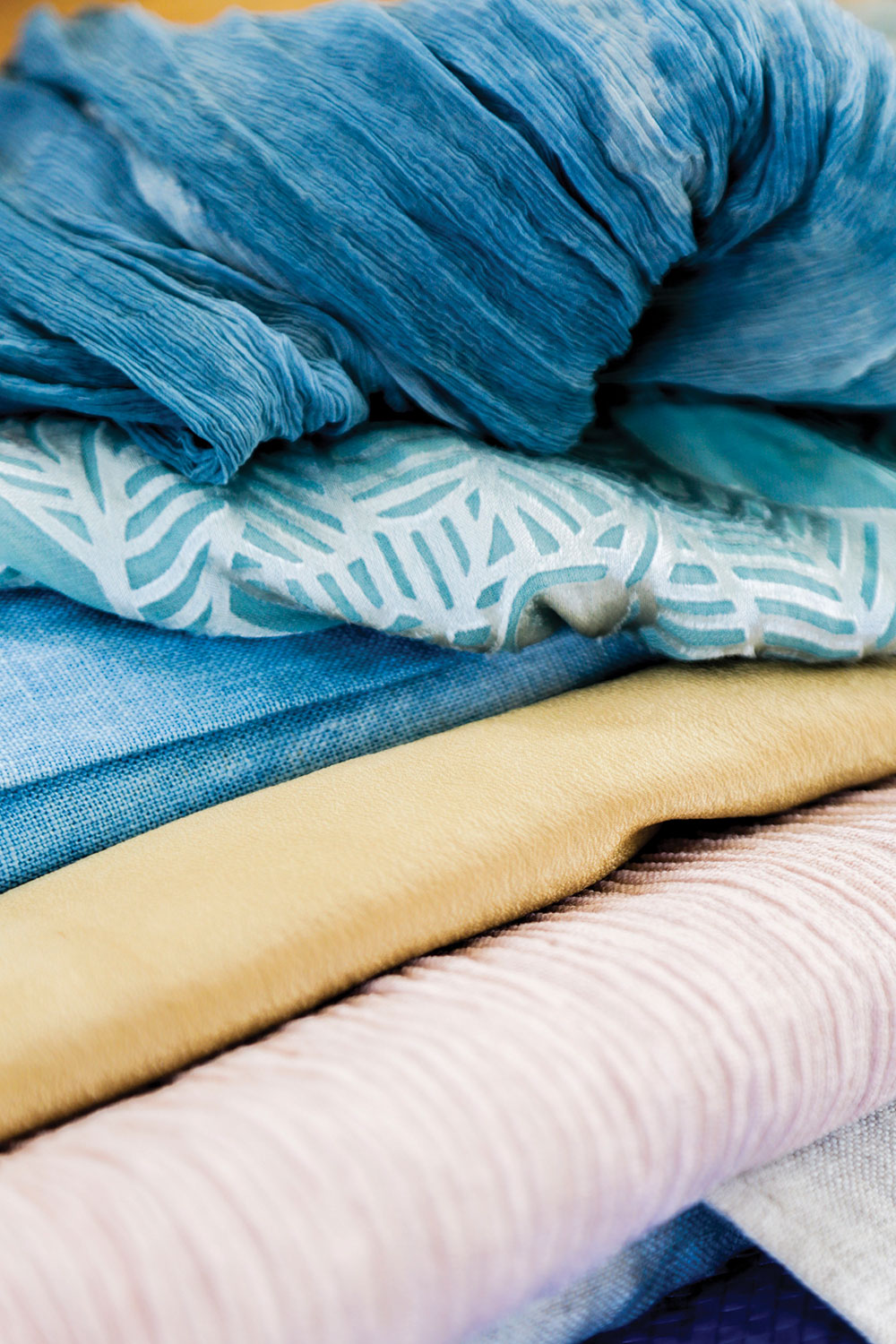
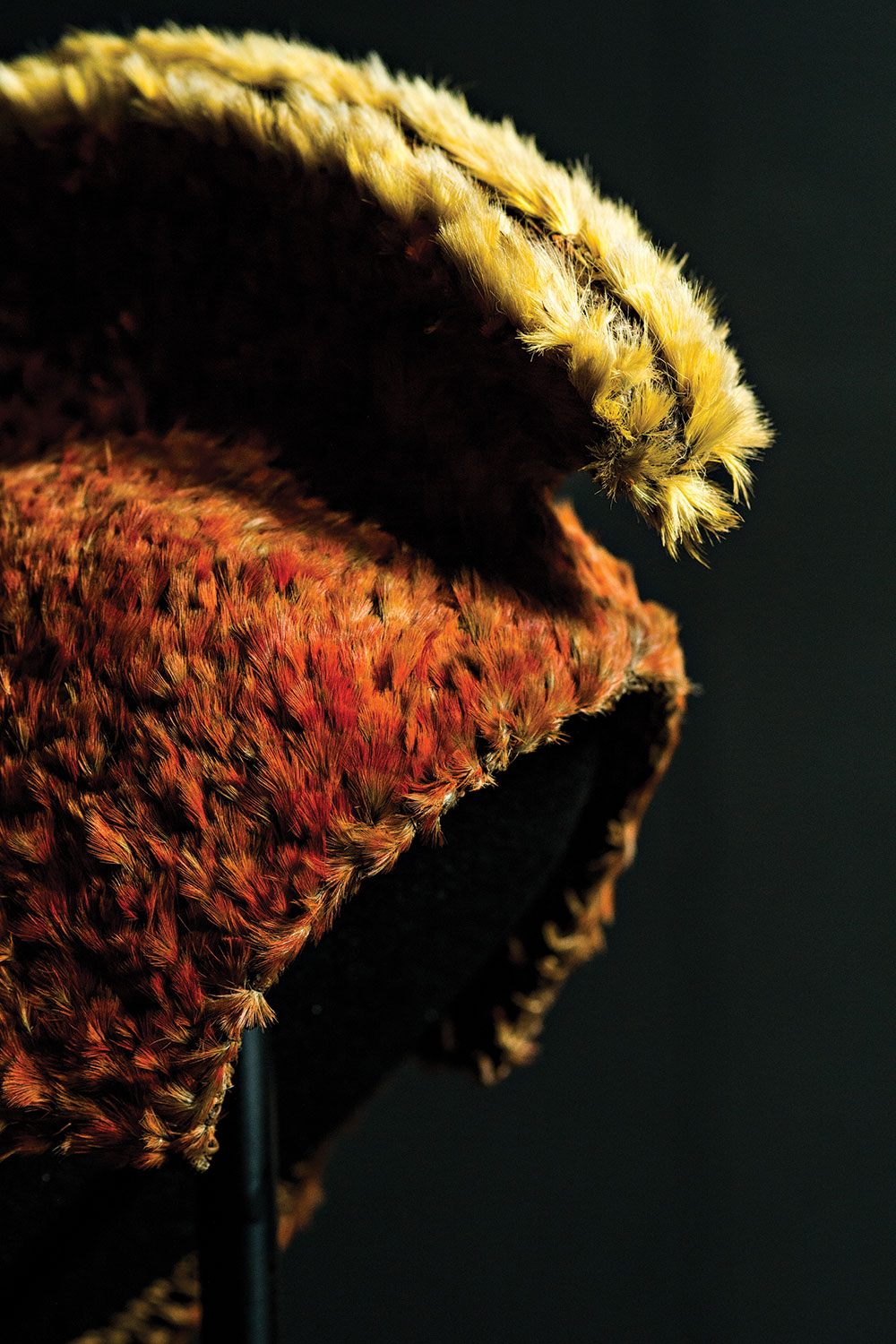
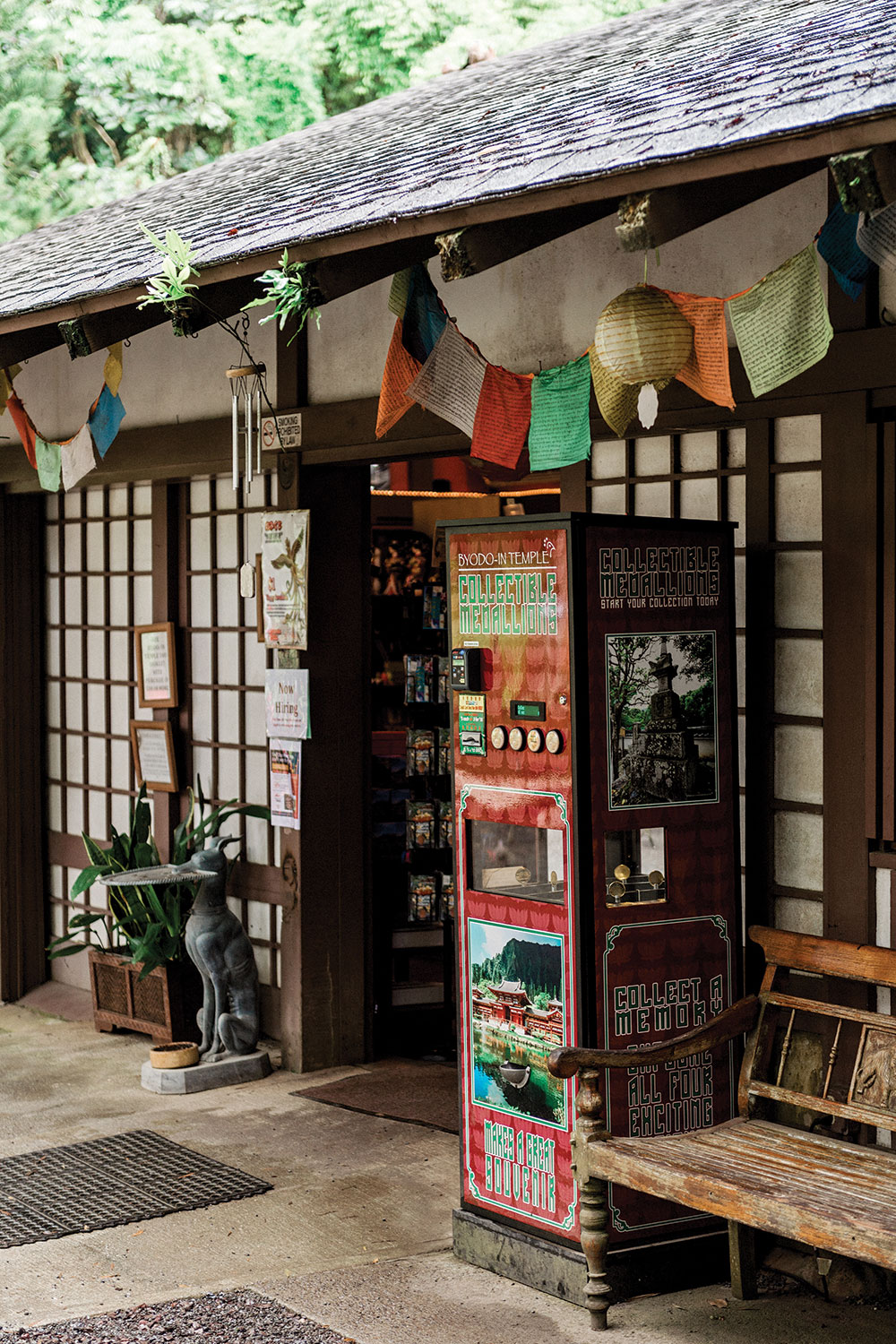
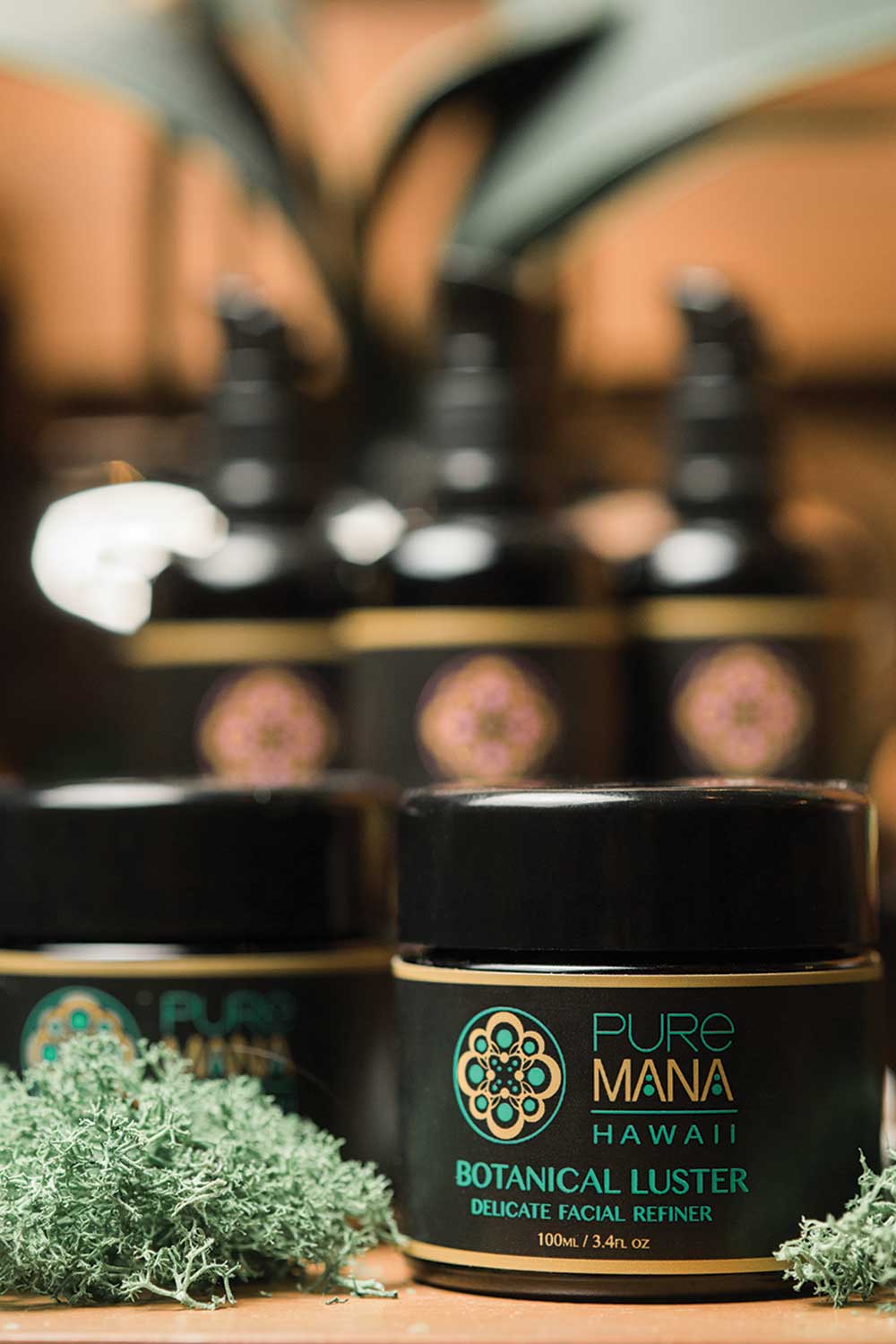
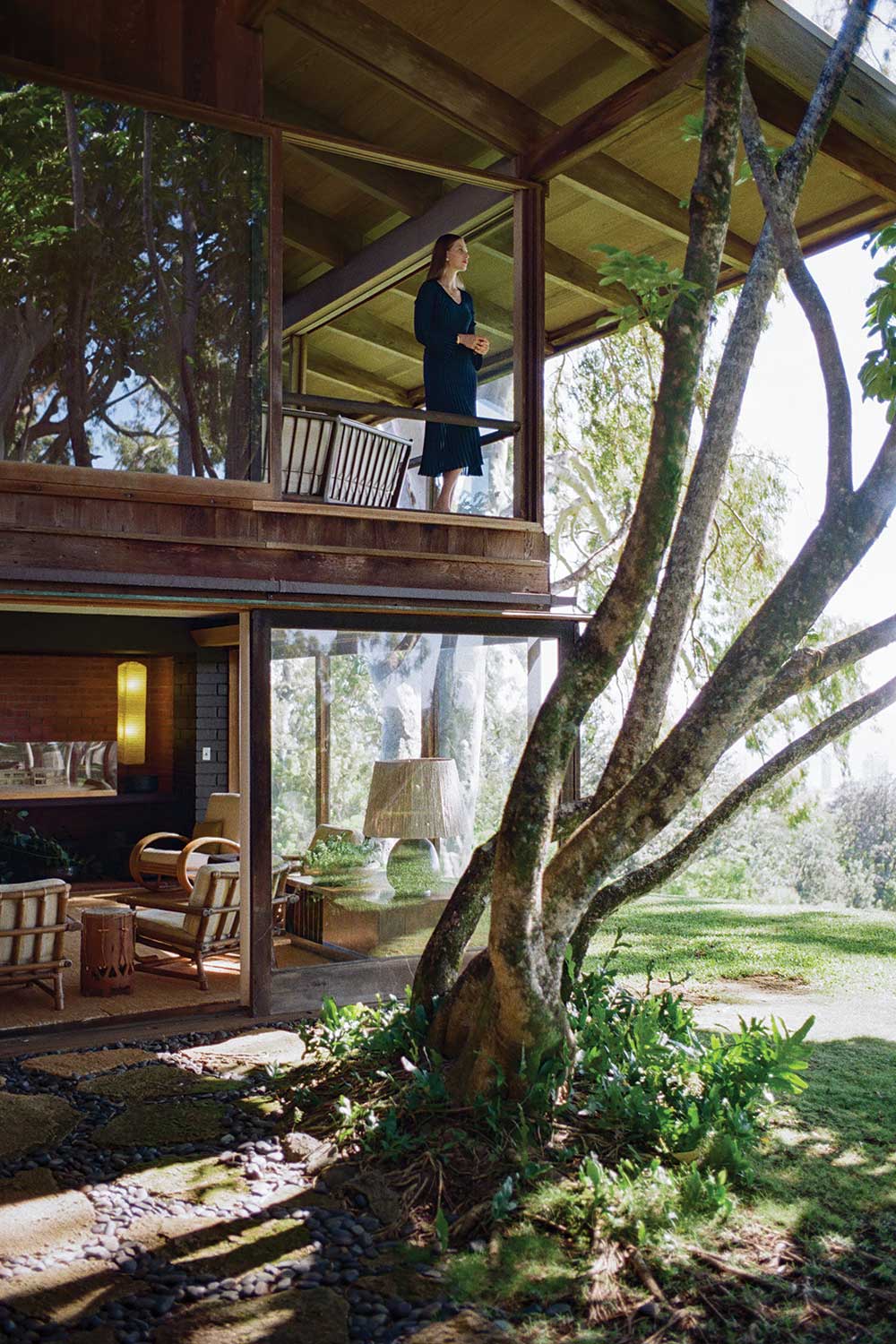
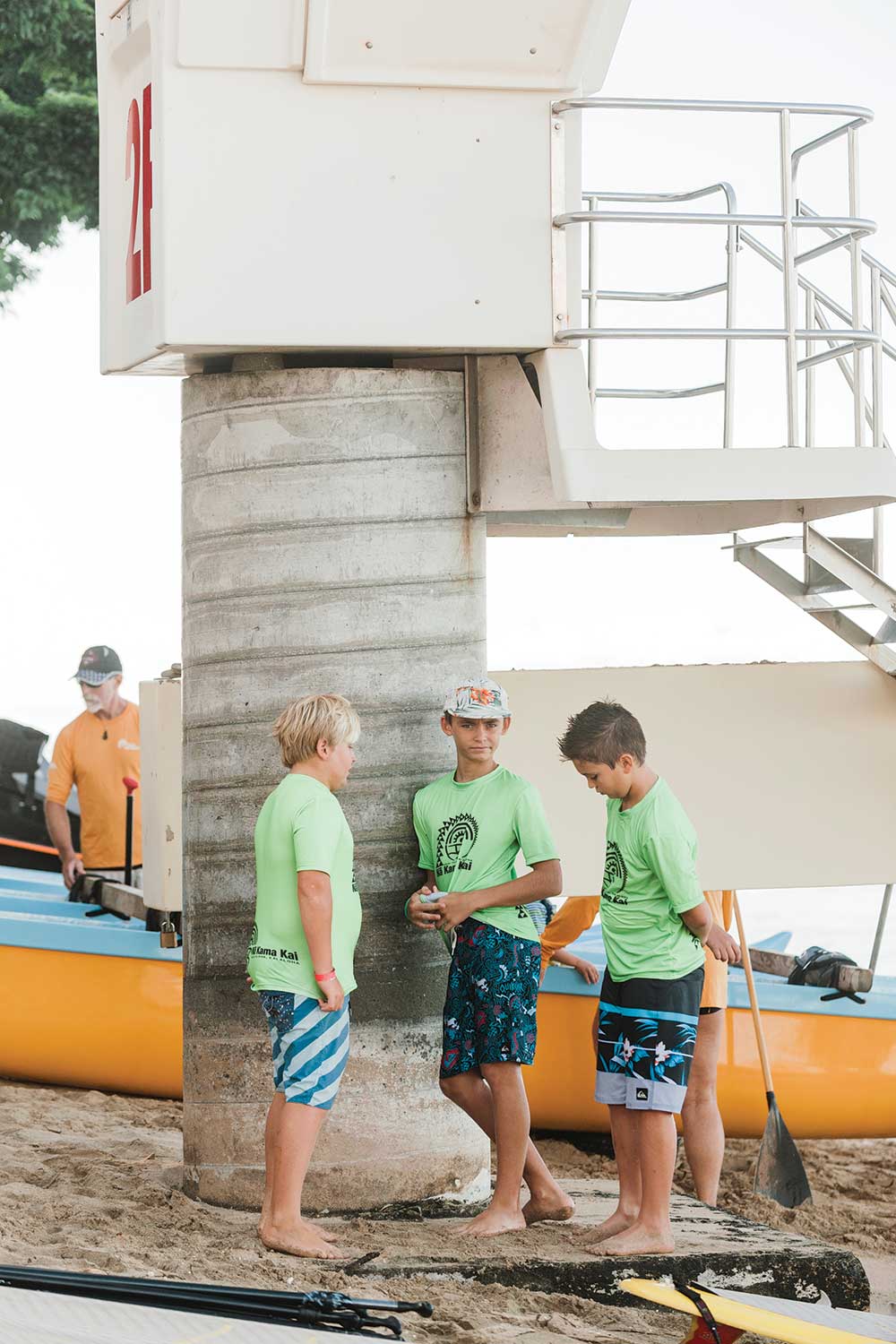
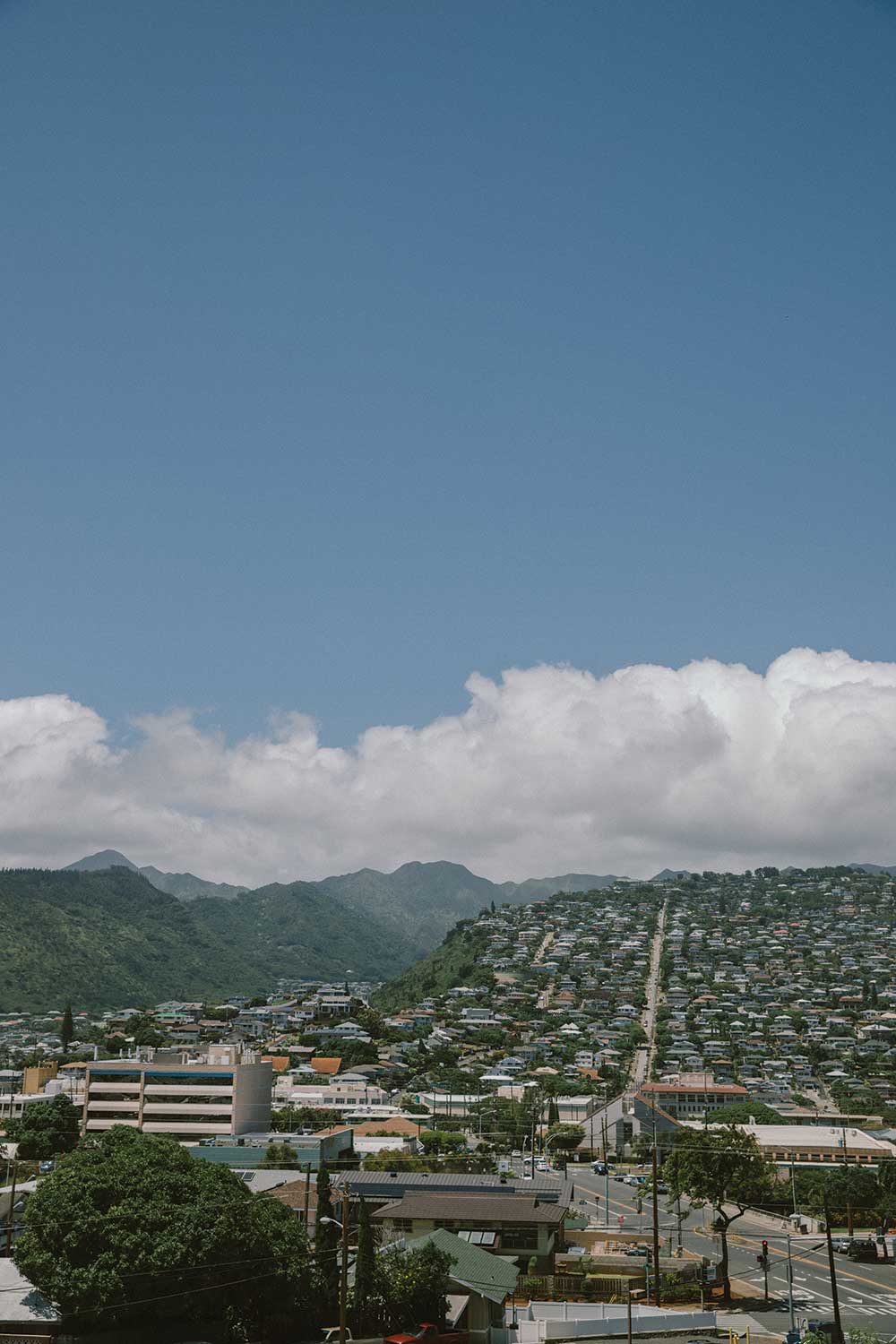

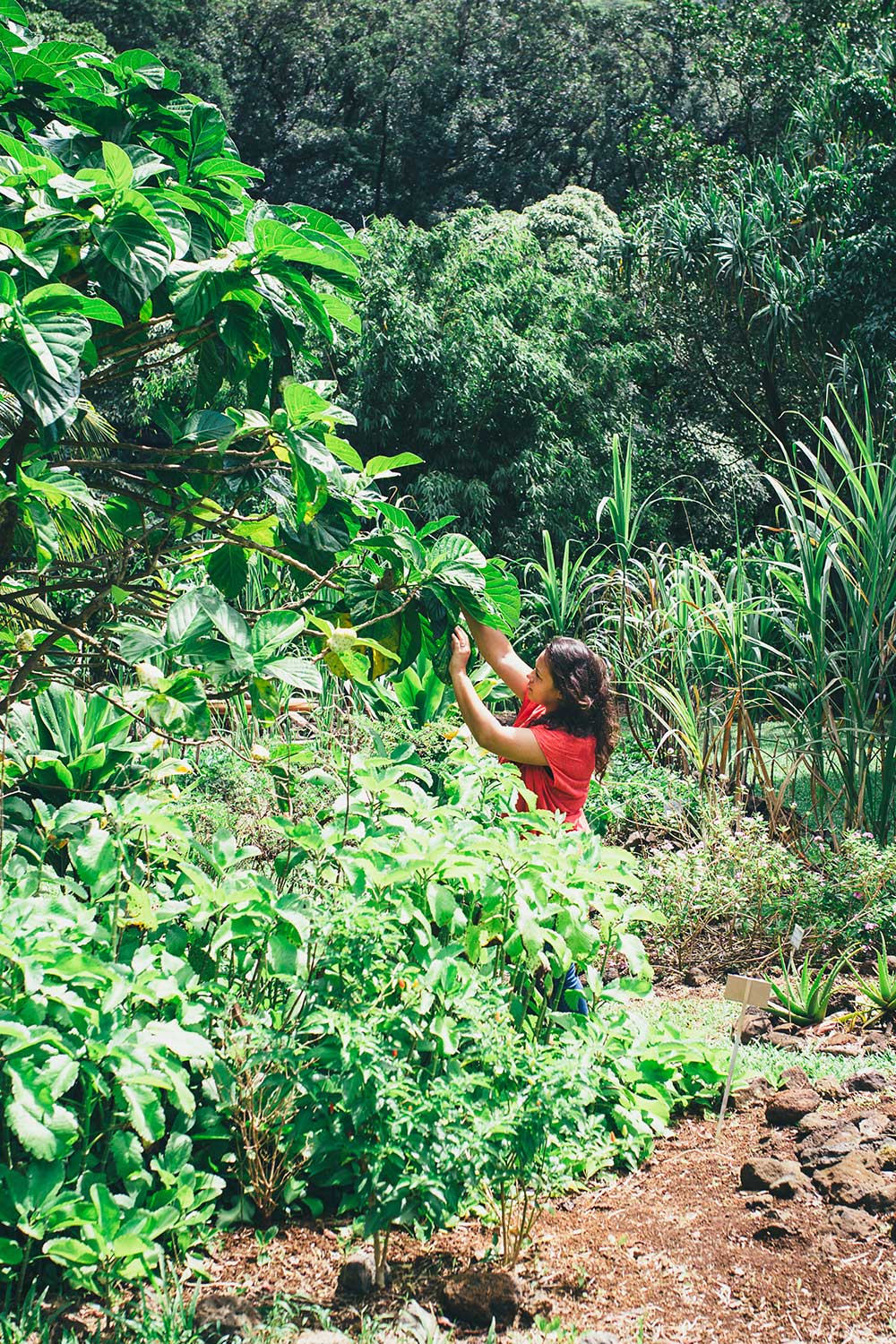

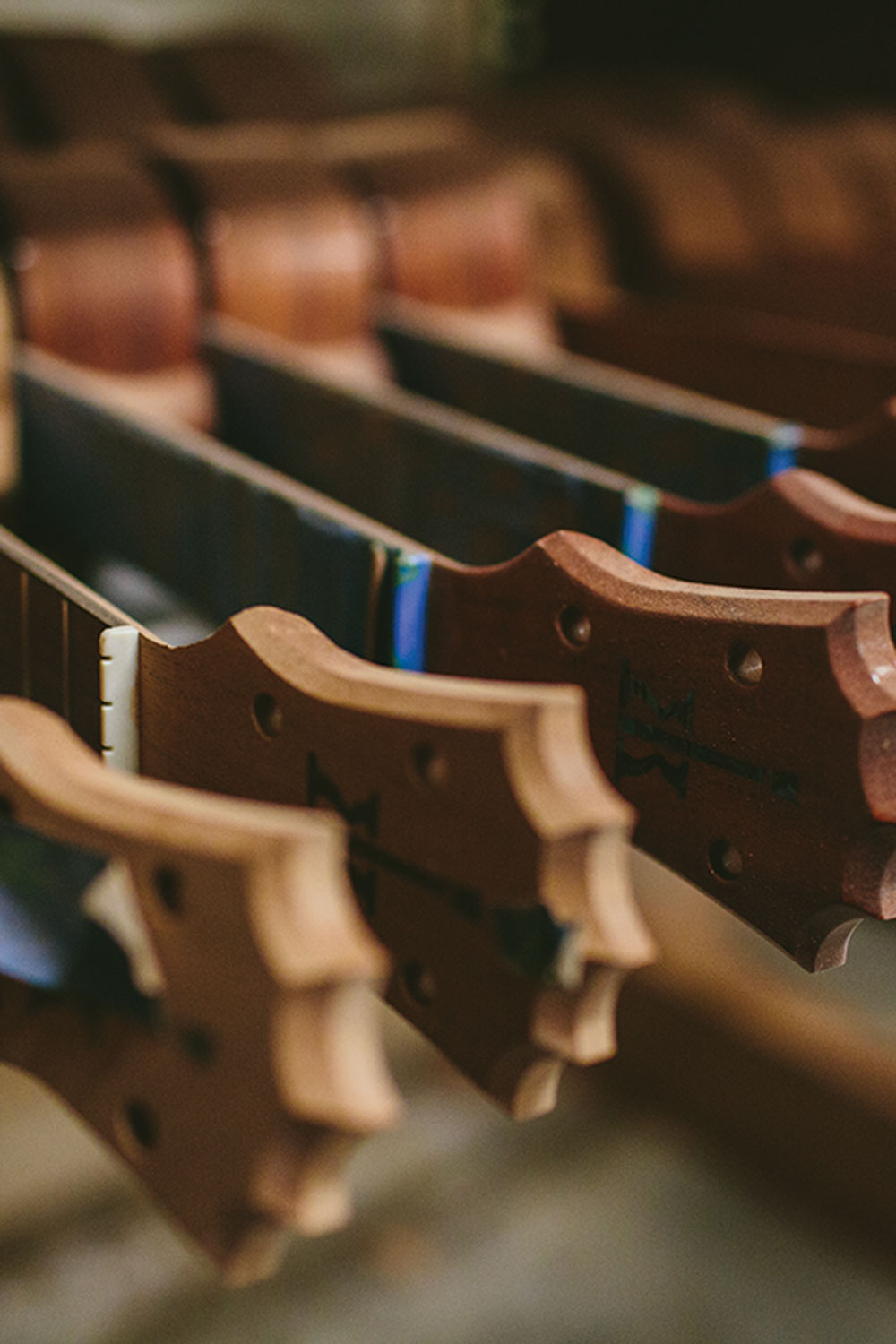
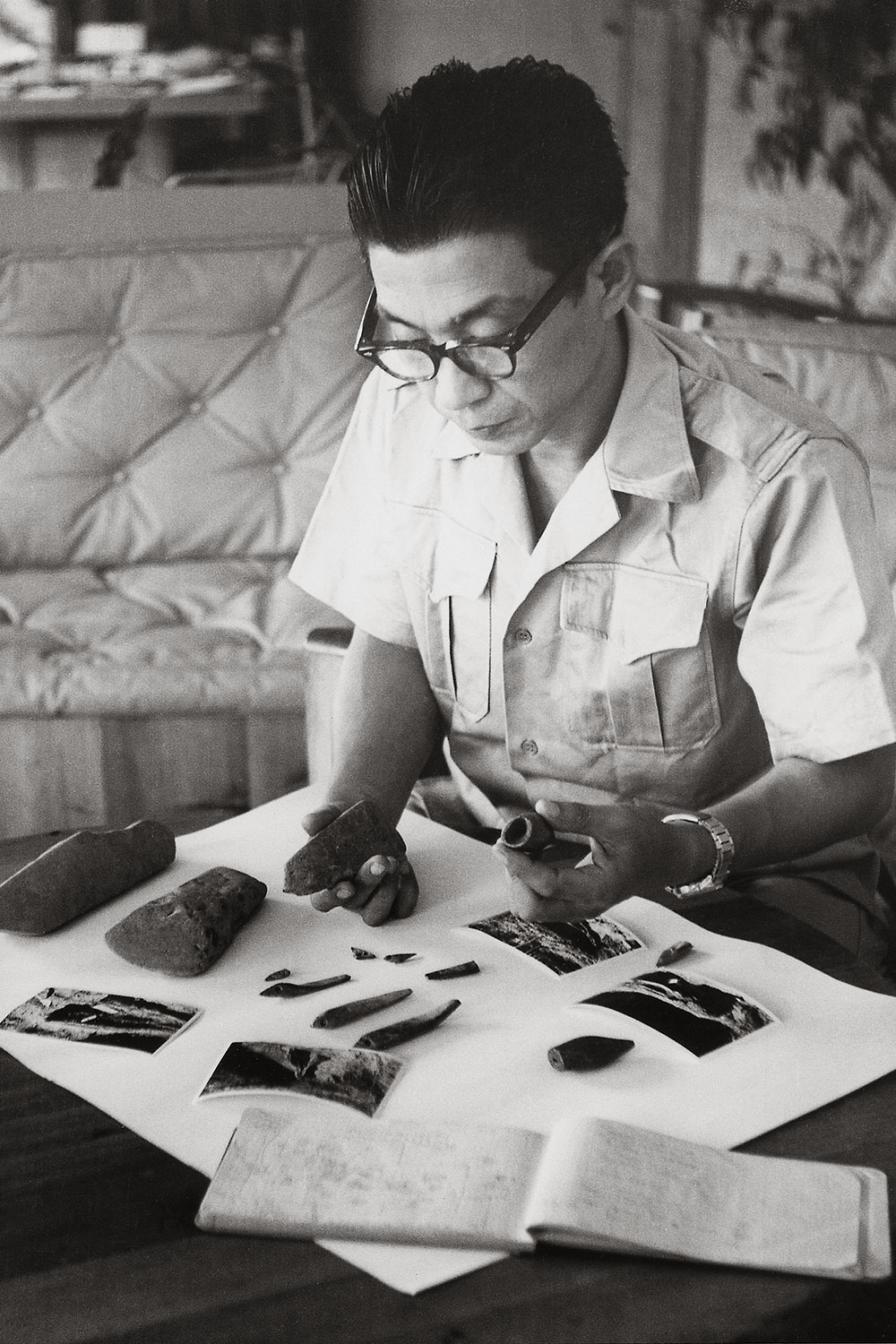
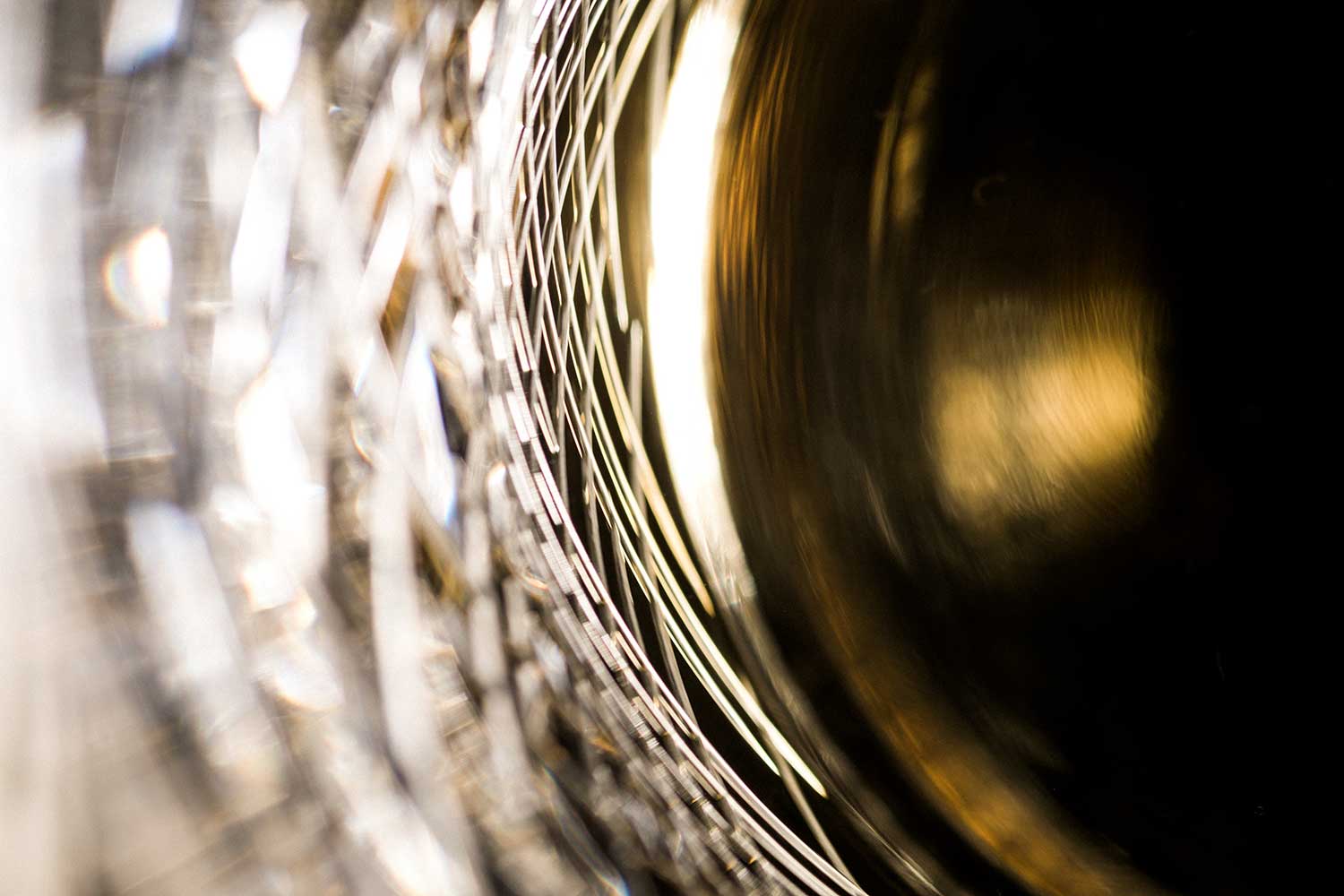








Share: